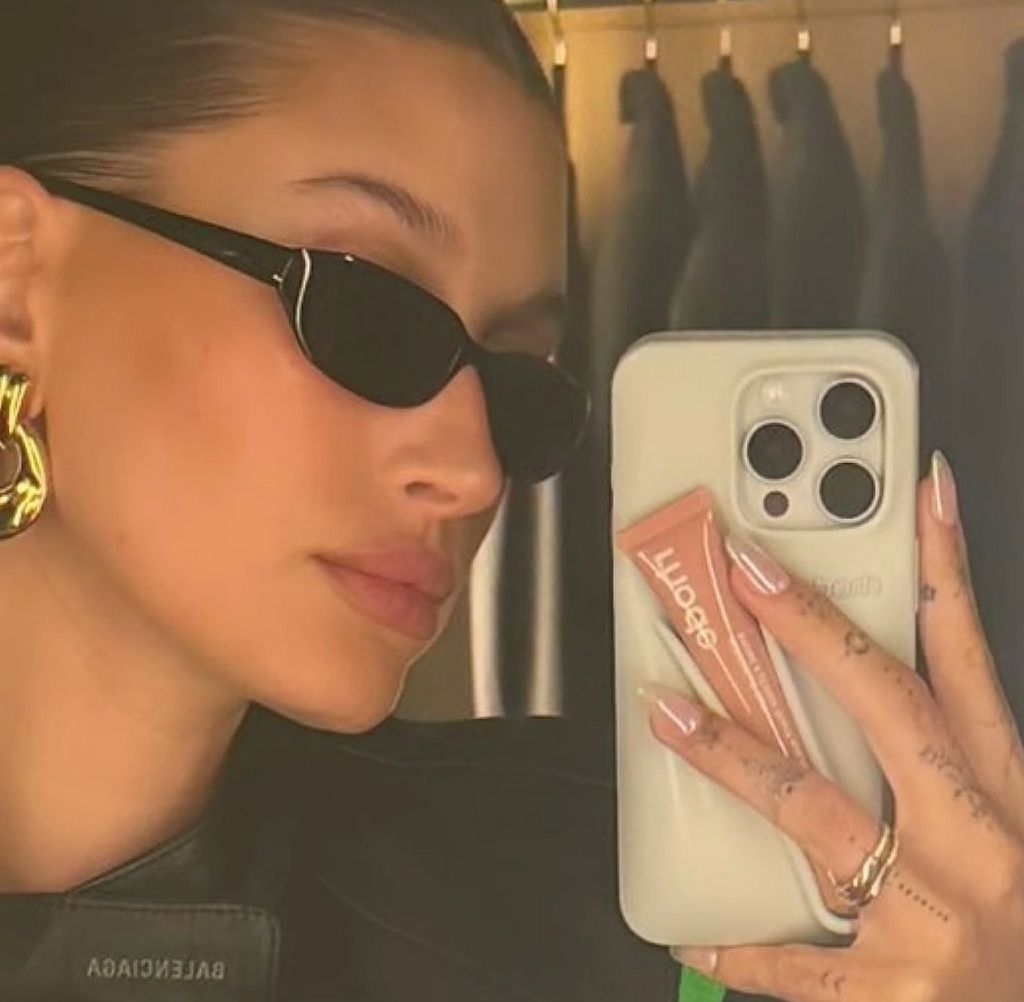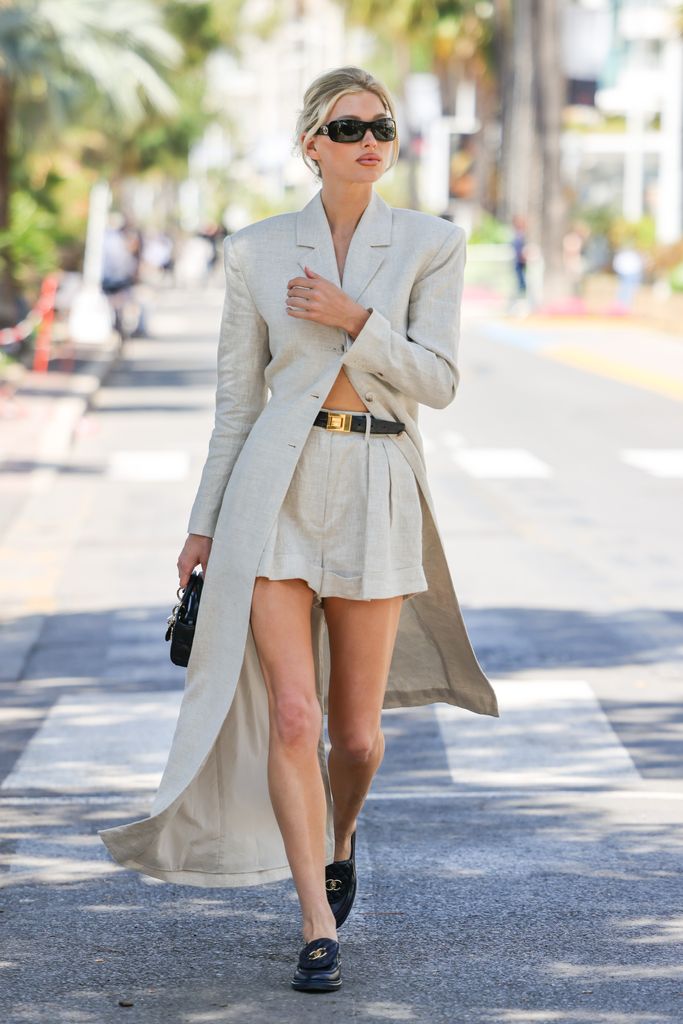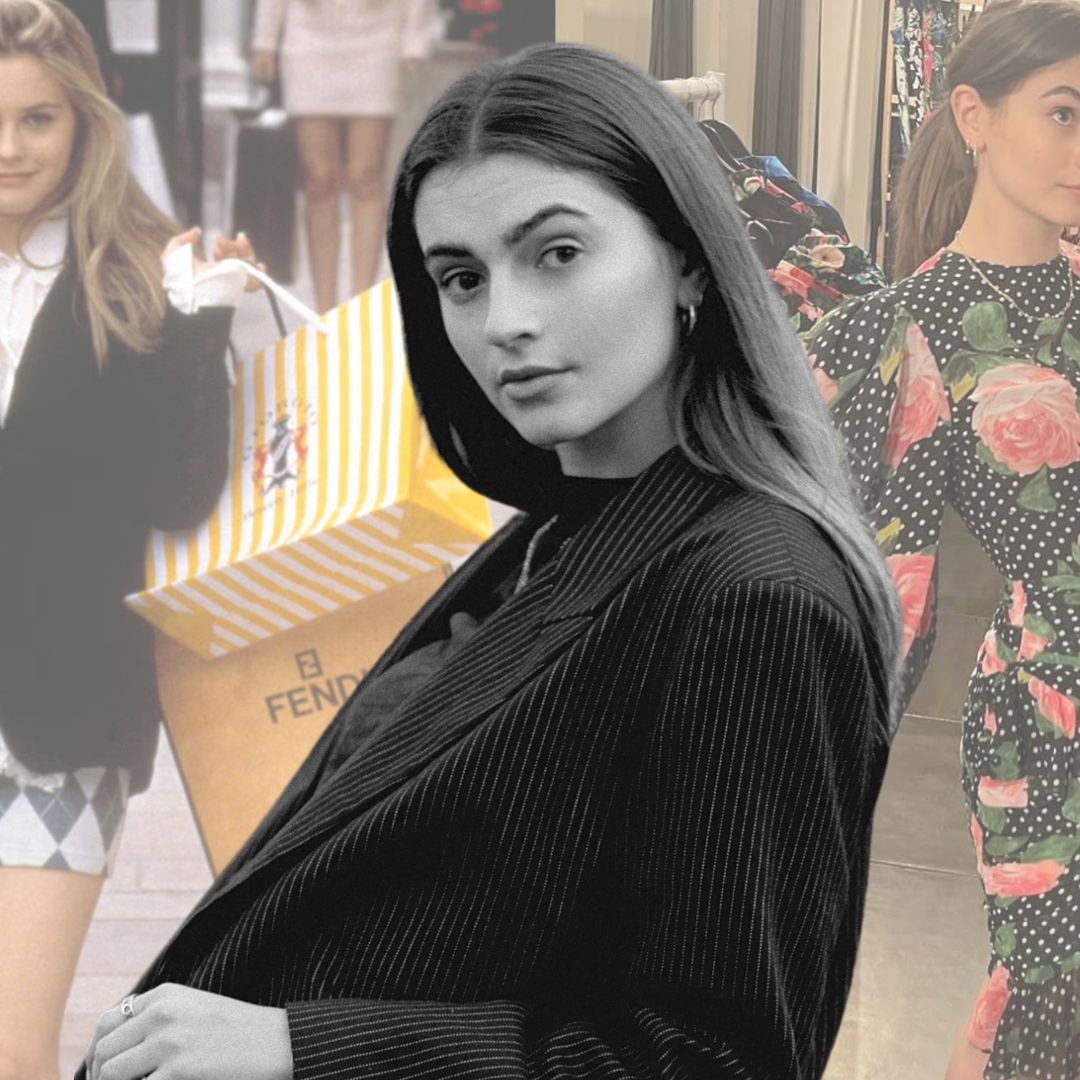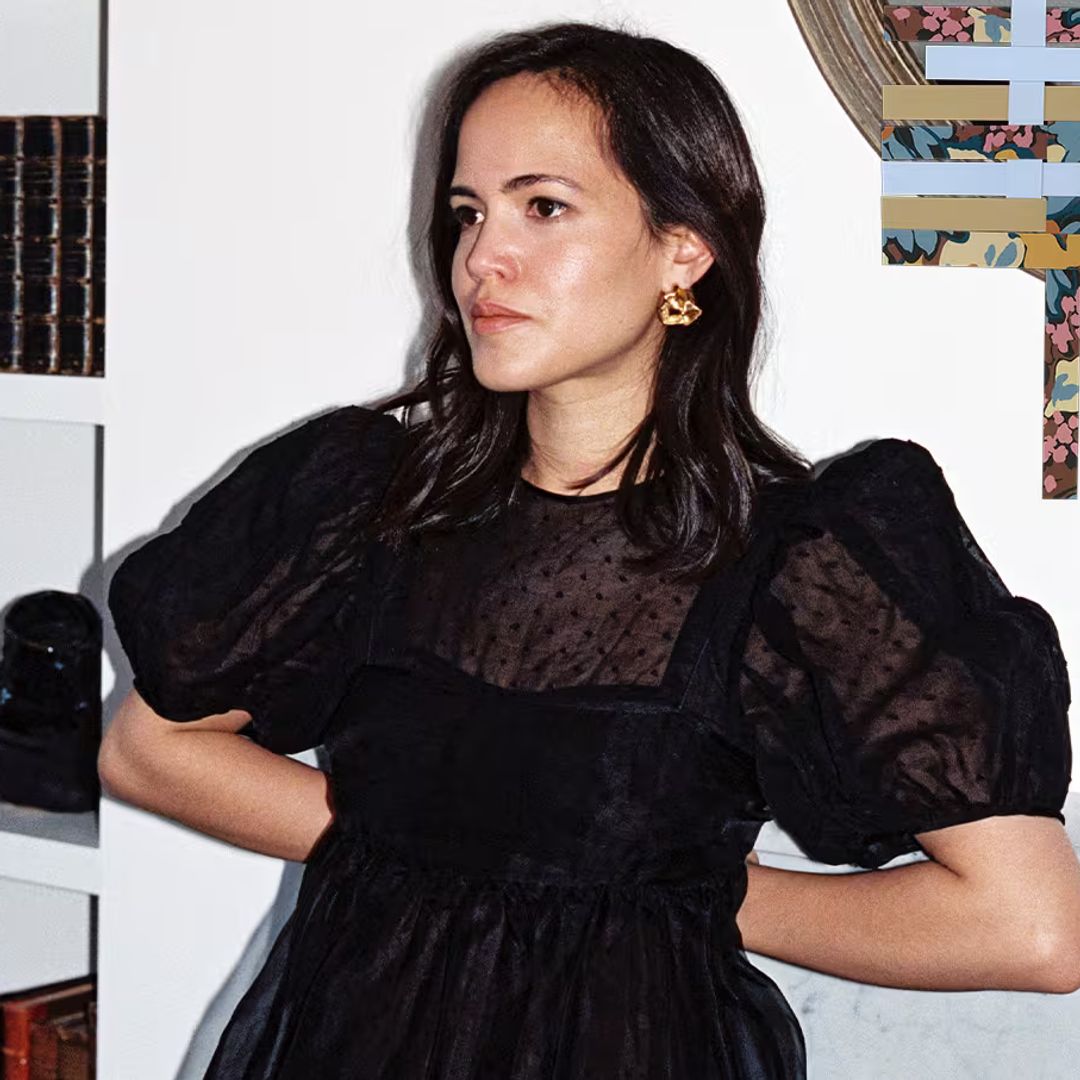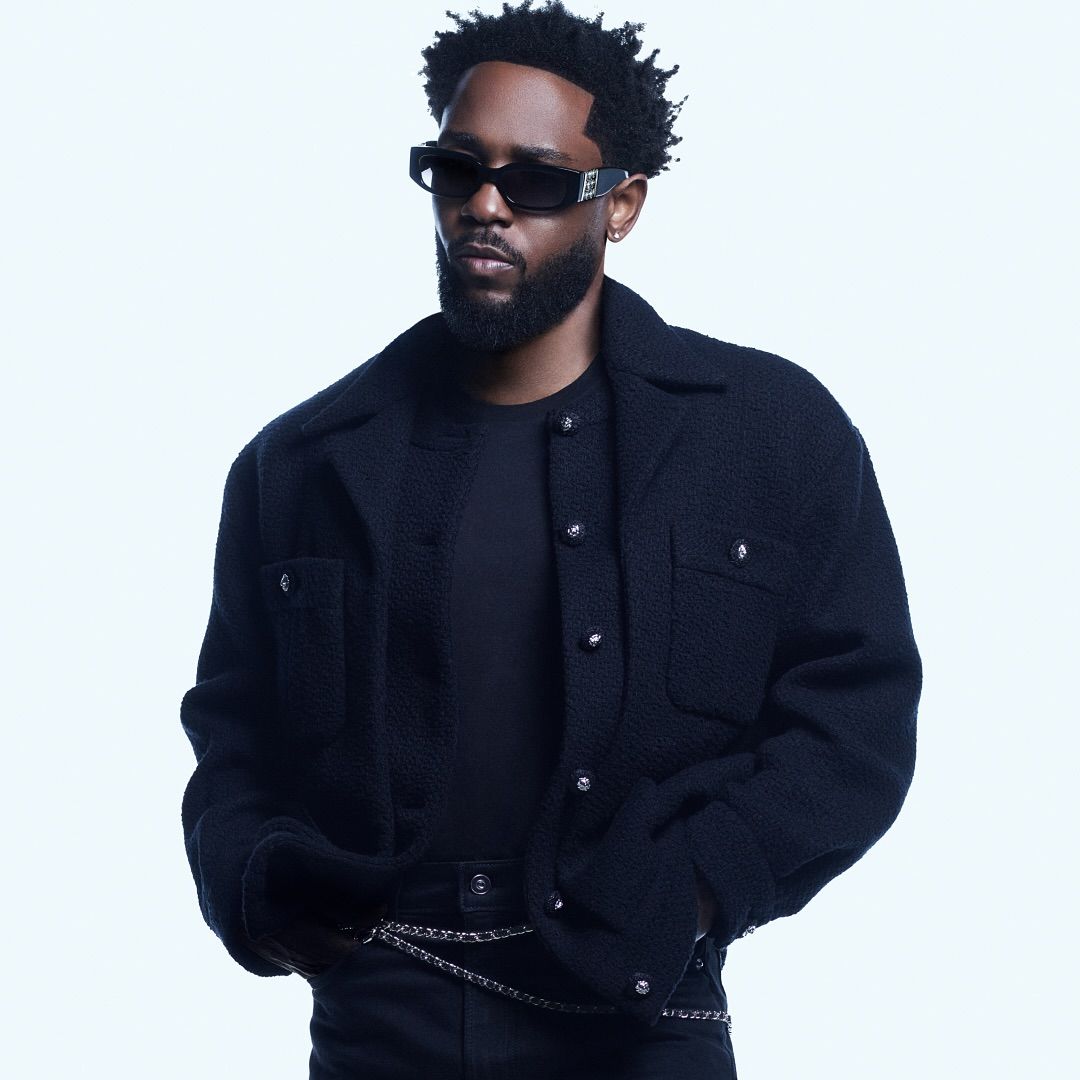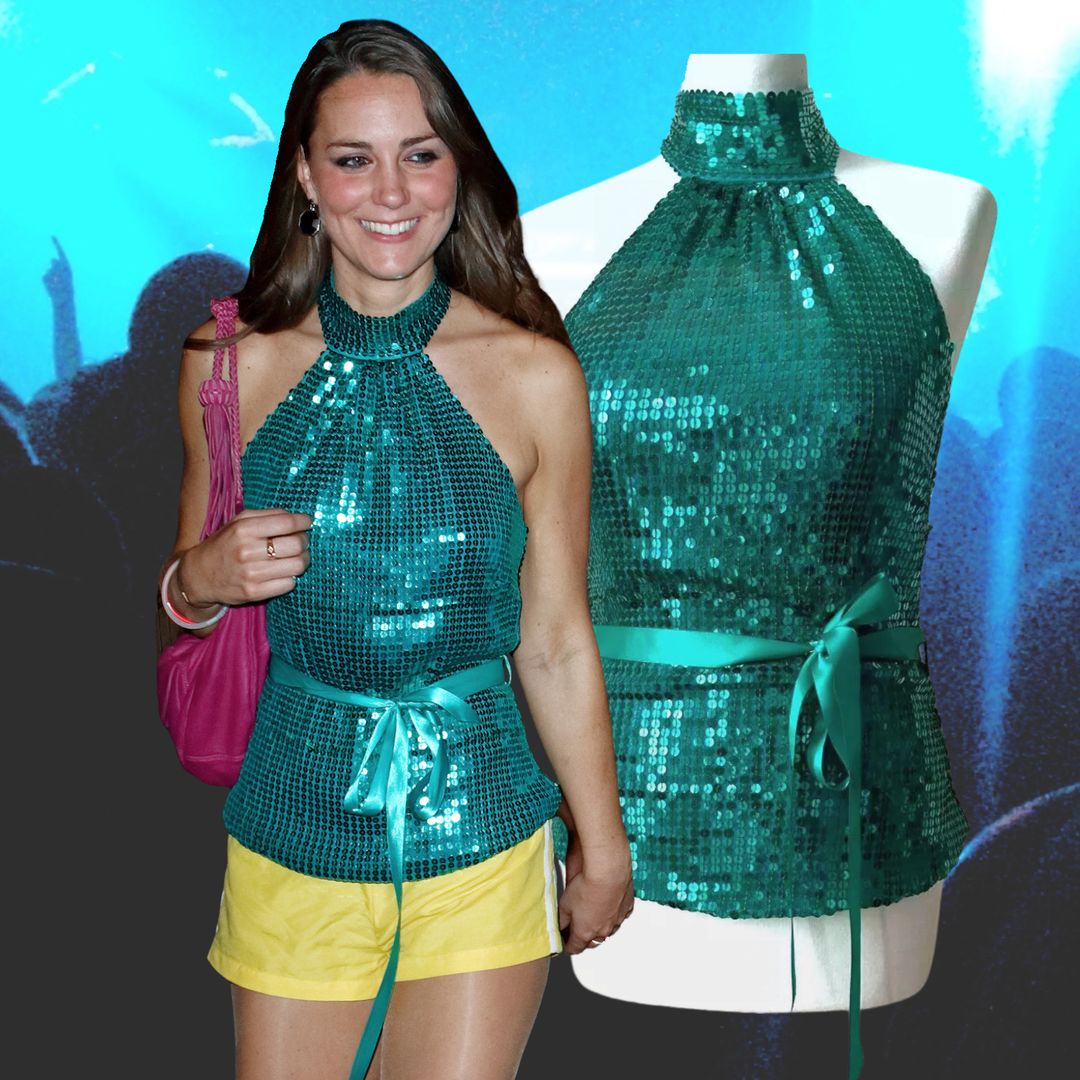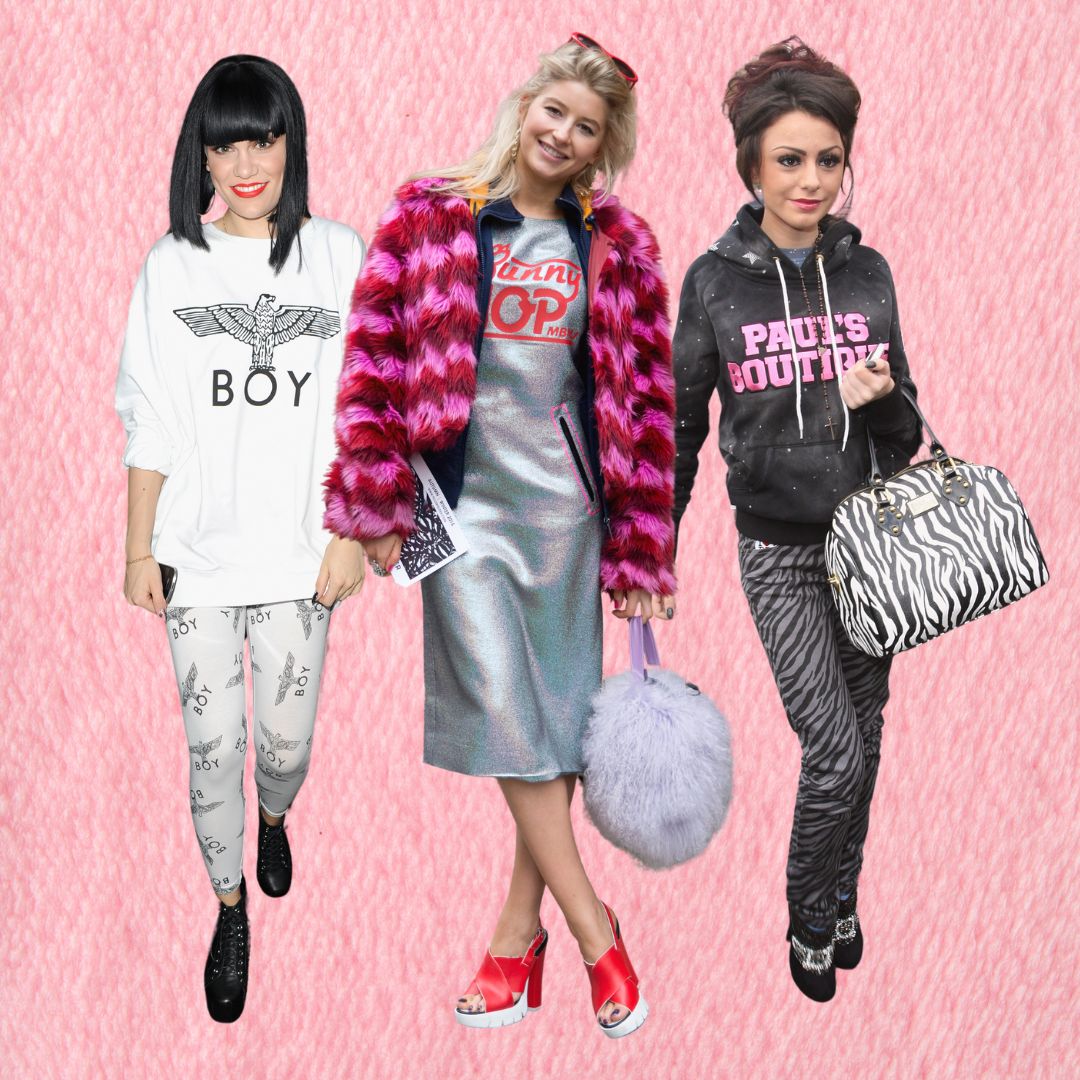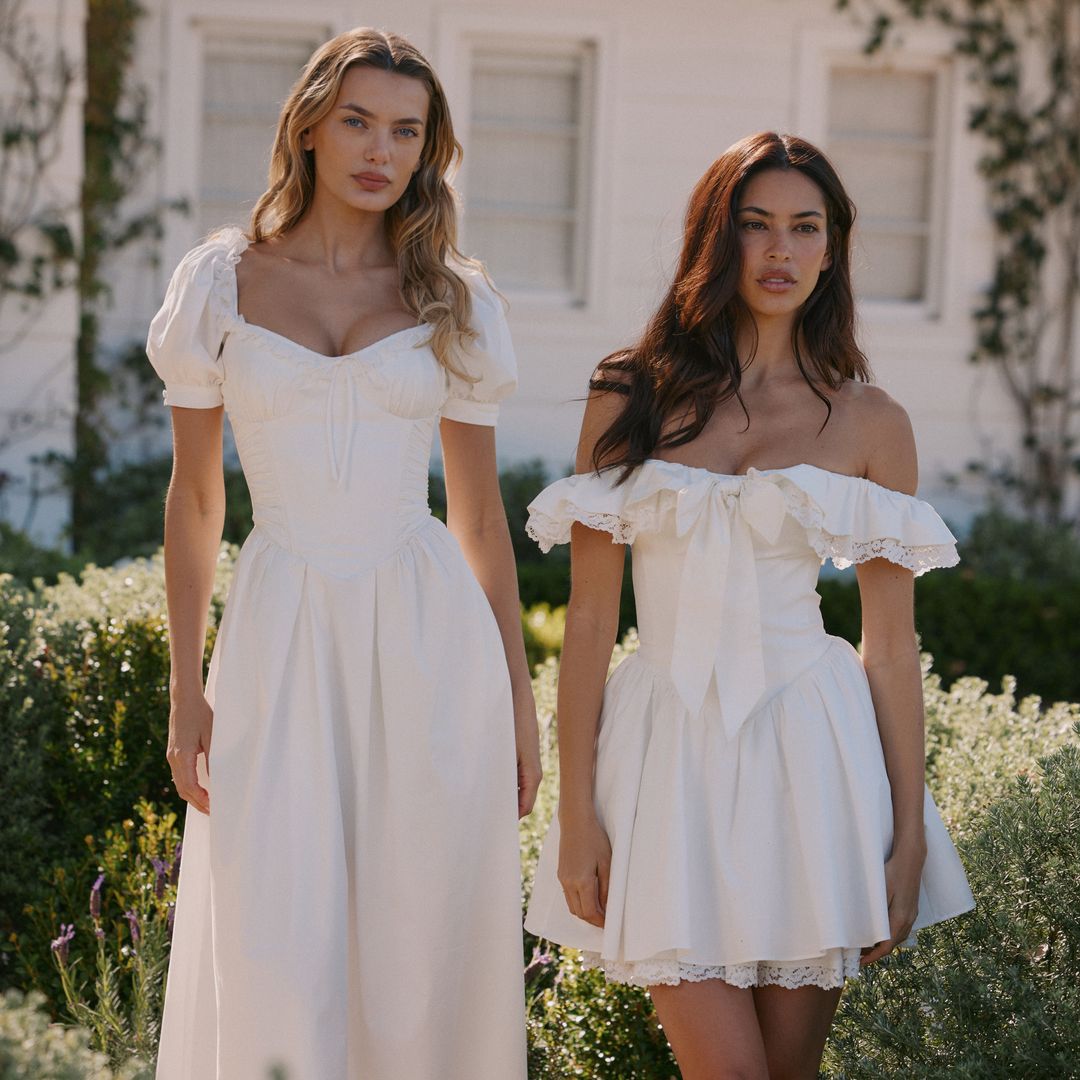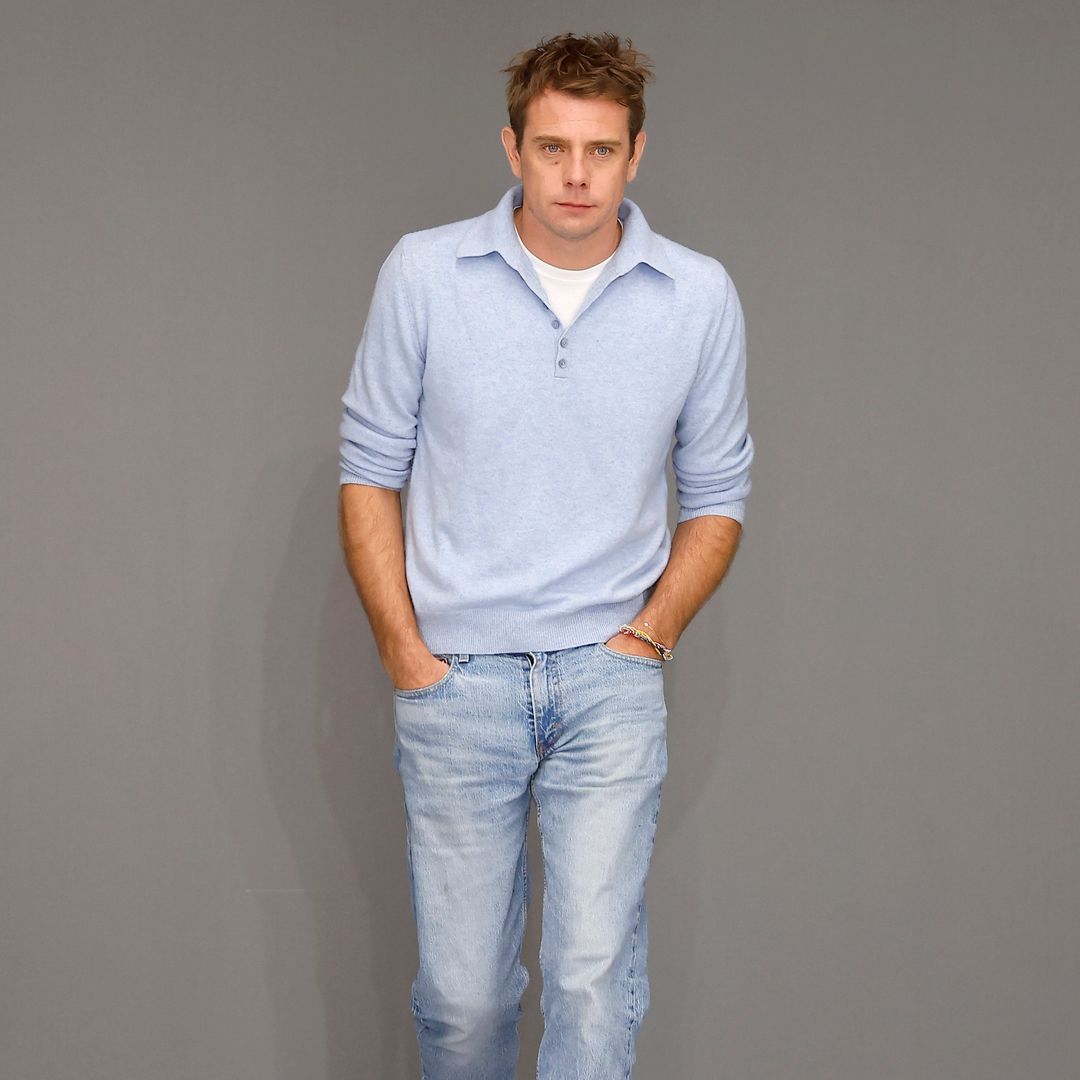In the social media sphere, more is always more.
More clothing consumption, more beauty buys, more fitness fads. The cycle never ceases.
Considering that concern for sustainability continues to deepen, such examples of overconsumption increasingly seem out of place. Cue de-influencing, an anti-consumption, minimalistic movement that discourages audiences from buying certain products, services, or brands.
Unlike traditional influencing, which aims to persuade people to make purchases that they don’t necessarily need, de-influencing champions more thoughtful and intentional consumer behaviour.
De-influencing has three key pillars. Anti-consumerisim promotes financial stability and sustainable choices. Product honesty shuns hype products, helping people to avoid falling for trends and dubious marketing tactics. Sustainability raises concern about environmental impact and the ethics of mass consumerism.
In essence, de-influencers prompt social media users to rethink their consumer habits. The world is on fire yet we are still buying PVC? Make it make sense.
MORE: 10 minimalist outfits that you'll want to recreate this season
In addition to convincing consumers that they actually don’t need that new lip gloss or latest It-sneaker, de-influencers make us question the entire system that tells us our happiness is one more Amazon delivery away.
It's the antithesis of the ‘TikTok Made Me Buy It’ era. In fact, TikTok is the primary platform used by de-influencers to criticise various consumer habits, from unethical brands to cakey foundations. So far, the hashtag #deinfluencing, has yielded over a billion views on TikTok.
The trend was partly catalysed by content creator @sadgrlswag, who coined the term ‘de-influence’ back in January 2023. The TikToker dissuaded followers from falling prey to UGG minis, Dyson Air Wraps and Stanley Cups. The concept flew under the radar for some time, fully rearing its head a year later following the peak of ‘under consumptioncore.’
Lee Thompson, CEO at fulfilmentcrowd, says: “The trend is all about celebrating the repurposed and prolonged life of everyday items in our homes - a direct response to hyper-consumerism.”
“Key shifts in consumer behaviour are being driven by ethical concerns about sustainability and concepts like circular fashion (which promotes reuse, recycling and resale of garments) is gaining traction.” The stats speak for themself. Google searches for ‘underconsumption core’ have surged by 1150 per cent in the last few weeks and to date there are 50 million + relevant posts on TikTok.
Thompson adds: “What might seem totally normal to you - like using the same crockery set for years, darning holes in socks or wearing those boxers until they’re threadbare - has recently become a hit on TikTok and Instagram. Creators are increasingly fed up with the constant push to overconsume, whether it’s rushing to buy the latest Stanley Cup or revamping wardrobes every season.”
MORE: How TikTok's 'very demure, very mindful' trend made modesty modish again
RELATED: What is ‘Underconsumption Core’ and why did it go viral?
While an indulgent beauty or fashion buy is always a treat, the most sustainable things we own are already in our wardrobes.
So, before you drop your hard-earned cash on another micro-trend, or that third bottle of overpriced skincare promising ‘glow from within’ (when no doubt you’ve got enough glow for a small village already) it might be worth asking yourself - do I really need this? It’s then up to you as to which party, influencer or de-influencer, has the final say.


